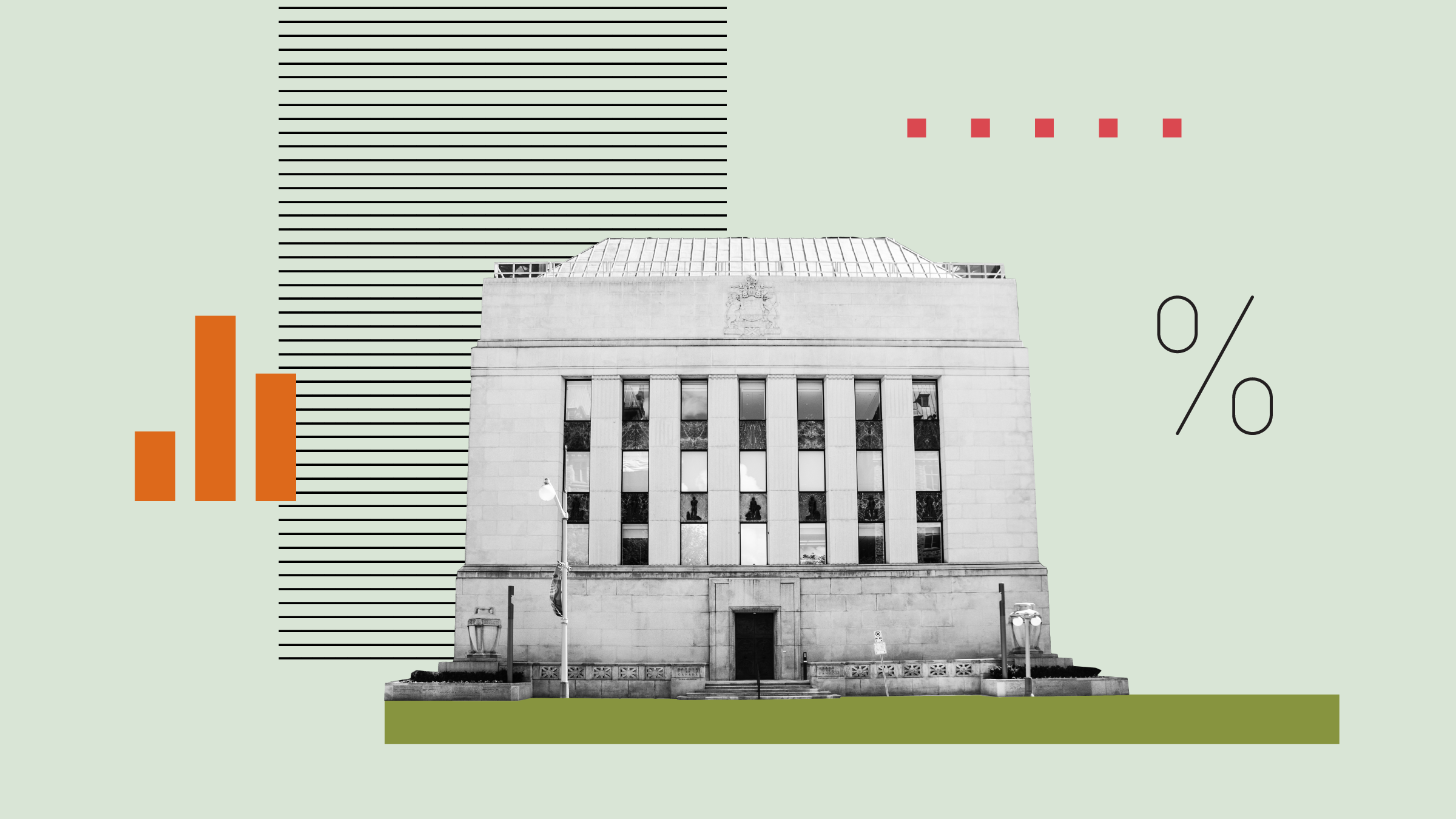As someone who has witnessed several cycles in the U.S. high-yield bond market, Paul D. Scanlon says that the asset class is in better shape than it has been for a while.
"Today, the market generally consists of larger companies than in the past, better asset quality, good industry diversification, and it has the benefit of being purged of the weaker companies that defaulted in the 2008-09 period," says Scanlon, lead manager of the $1.5-billion Mackenzie Sentinel Corporate Bond, and co-head of fixed income at Boston-based Putnam Investments.
"These are companies that have cut costs, hoarded liquidity and done a lot of good things in managing their balance sheets," adds Scanlon.
High-yield bonds are below investment grade and see gains when the economy is improving, or conversely suffer when the economic environment turns sour. Currently, the spread, or differential, over five-year U.S. Treasuries is about 650 basis points (bps), or 100 bps higher than historic averages. This compares with previous periods when spreads widened as much as 2,000 bps over Treasuries in 2008.
"We have above-average spreads, and conditions are quite a bit better than average," says Scanlon, noting that defaults have fallen to 2%, versus 4.2% on average. "We're dealing with an uninspired but moderate recovery. But companies that have maintained disciplined operations can still do well in that environment."
Working within a team that includes about 20 investment professionals that manages about US$12 billion in high-yield bonds, Scanlon oversees a portfolio of almost 190 names. As the team is divided along sector lines, Scanlon focuses on non-cyclical firms, such as health care and utilities. Single holdings are limited to about 2% of the portfolio.
 |
|
 |
|
| Paul D. Scanlon | |
 |
|
 |
|
 |
On a country basis, about 54% of the fund is in Canadian securities, with about 38% in U.S. high-yield bonds, and the remainder in cash and very small holdings in non-North American assets.
The fund's duration, a measure of its sensitivity to interest rates, is 3.5 years. That's lower than the 4.6 years for the blended benchmark, which is dominated by the Bank of America Merrill Lynch Canada High Yield Index.
Companies that are considered for the portfolio are measured against attributes such as sustainable competitive advantage, viable capital structure and cash-flow strength. Issuers are rated on a scale of "high" to "low."
"This tends to get us to companies that are fairly transparent, that are asset-rich and have existed for a while," says Scanlon, whose company's policy precludes him from detailed discussion of holdings. "We tend to not to be big investors in newer industries."
Among the top names are Corus Entertainment Inc. CJR.B, Teck Resources Ltd. TCK.B and Fairfax Financial Holdings Ltd. FFH.
A native of Wilkes-Barre, Pennsylvania, and a graduate of Colgate University, Scanlon has been in the industry since 1986 when he graduated with a BA in economics and political science. He joined National Westminster Bank in New York, where he worked for four years in corporate finance and handled leveraged buyouts, mainly in the health-care sector.
Scanlon then went back to school and earned an MBA at the University of Chicago in 1992. Although his initial goal was to be a chief financial officer for a health-care provider, he had a change of heart and landed a job as a senior fixed-income analyst at Fidelity Investments.
Five years later, when Fidelity moved its fixed-income operations from Boston to New Hampshire, Scanlon left the firm and seized an opportunity to work as senior vice-president for Olympus Healthcare Group Inc.
"I'm one of the few people who has been a borrower, a lender, and now an investor in debt," says Scanlon. "I really enjoyed working at Olympus. But the health-care landscape became very difficult."
In 1999, Scanlon moved to Putnam where he began as a health-care and consumer-products analyst and became a fund manager in 2001. In 2005, he took over the high-yield fixed-income group, and in 2011 was appointed co-head of fixed income.
In June 2011, Scanlon assumed the Mackenzie fund which had been managed previously by Dan Bastasic. For the 12 months ended June 30, the 3-star rated fund returned 6.5%, versus 5.3% for the median fund in the High Yield Fixed Income category.
Scanlon and his team made some changes to the portfolio at the outset. "We've avoided some of the tougher situations, such as in the media space," he says. "We actually increased our Canadian weighting, which might be ironic for a U.S.-based manager. But we found some good opportunities that weren't utilized before."
At the same time, Scanlon also took over the $326-million Mackenzie Sentinel North American Corporate Bond Class A. The 2-star rated fund, which invests primarily in U.S. and Canadian securities, returned 5.3%, or equivalent to the median fund in the High Yield Fixed Income category.
Looking ahead, Scanlon notes that high-yield corporate bonds are on target for achieving an 8% to 13% gross return this year. "At the half-way point this year, we've done about 6.5%. We could earn our coupon, and maybe get some tightening."
Scanlon argues that spreads could narrow another 100 bps, which would lead to price appreciation. "I don't see why we shouldn't have average spreads, when we have above-average fundamentals. You have a good wind at your back."















